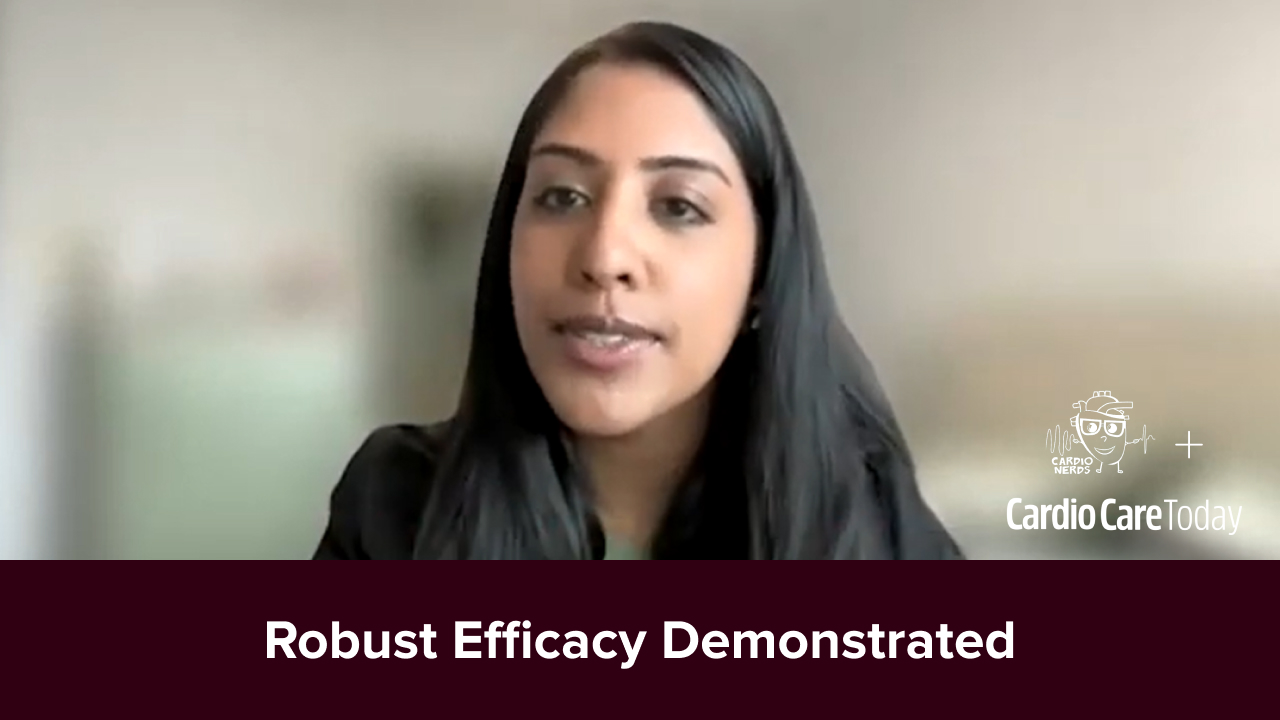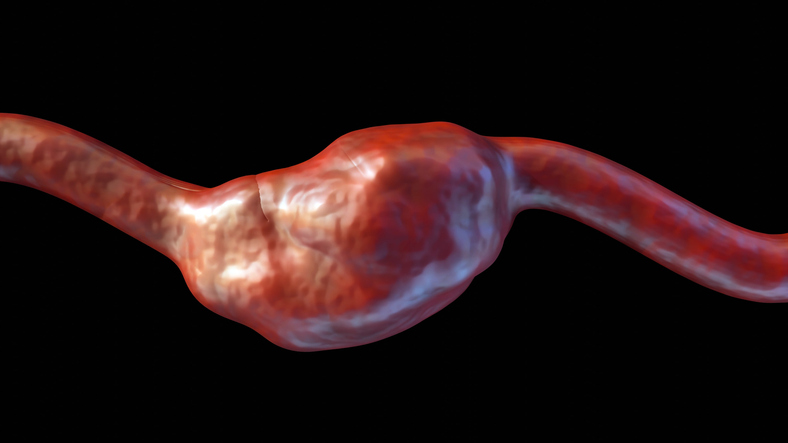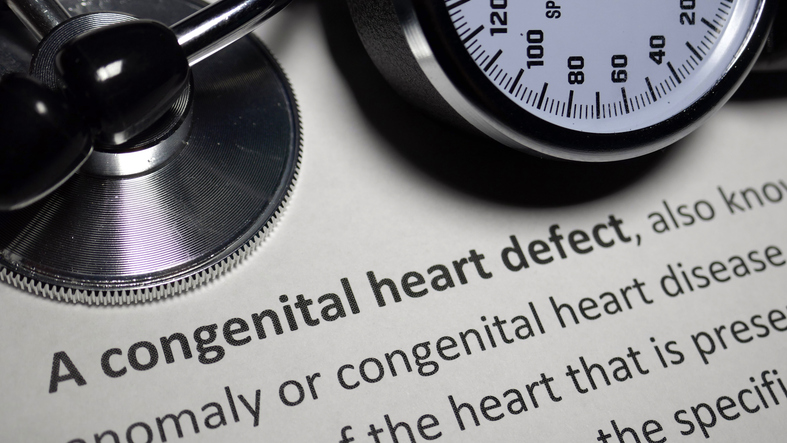Dr. Babar Basir Discusses a Life-Saving Protocol for Patients Suffering Cardiogenic Shock
By Rob Dillard - Last Updated: April 17, 2025The results of a large number of recent national heart attack studies suggest that patients with cardiogenic shock survived at a significantly higher rate when treated with a protocol developed by cardiologists at Henry Ford Hospital in collaboration with four Metro Detroit hospitals.
To speak about this study, DocWire News interviewed Dr. Babar Basir, director of the acute mechanical circulatory system program at Henry Ford Health System, and the study’s principal investigator.
DocWire News: Can you talk to us about this life-saving protocol you developed and why it was necessary?
Dr. Babar Basir: Yeah. So cardiogenic shock is when patients have massive heart attacks and unfortunately, the heart actually doesn’t pump. And when it doesn’t pump, we don’t get good blood flow to the brain, kidneys, liver, and ultimately, we end up having end organ failure. And even though we have a lot of therapies for the heart, when the other organs are involved, it becomes really catastrophic. So over the course of the last 30 to 40 years, we’ve had kind of stepwise progression. Previously, with just medical therapy, the mortality (rate) was over 80%. And then in the early 2000s, with the development of revascularization and PCI and stent techniques where we were able to open up those blockages, that actually improved the mortality to about 50%. And over the course of the last 20 years, it’s really been about 50%.
Now, over the course of the last five years or so, we have these new heart pumps that we’re able to use that not only support the heart, but they actually support the rest of the body and they basically give better blood flow to the rest of the body. And so we’re able to protect the organs better, allow the heart to recover more. But people don’t have a lot of experience with these devices. They’ve been used selectively, they’ve been used at different institutions and by different people. And so we really haven’t brought it to the mainstay. And so what we did over the course of the last five years was really develop a protocol so that it could be used by all hospital systems that have these devices available, to be able to uniformly treat these patients. And then we studied the outcomes of those patients.
DocWire News: How was the study conducted, and what were the results, and did the results surprise you?
Dr. Babar Basir: Yeah. So what we did is we started with basically a single arm study. So we know, and I think a lot of the lay audience would also know, especially with COVID, that the gold standard is to do a randomized control trial where half people get the therapy and half people don’t. But these are patients, it’s really difficult to consent them. In our study, about 45% of the patients actually had a cardiac arrest. They’re really, really sick; they’re on the brink of passing away potentially. The devices are already approved by the FDA and so what we did was we basically enrolled patients into a single arm study and we had studied these pumps over the course of the last decade. And we used the best practices that we’ve learned from these devices to be able to basically come up with a protocol.
And so the way that the protocol works is we try to implant the device as quickly as possible. We do it before we do the PCI because we know that the PCI can actually cause a hemodynamic collapse as well. We do it in a systematic way where we use right heart pressures or what we call invasive hemodynamics to be able to guide our therapy, whether the pump’s doing enough, whether we can start going down on medications, whether they need a larger pump, sometimes even if they need a transplant or just complete takeover for the heart. And we piloted this algorithm in both community hospitals where the majority of heart attack patients come and academic centers.
And so there were 80 hospitals that enrolled into the study and patients were included in all of these centers. And basically, we found reproducible results that we can get consistent survival over 70%. So compare that to that 50% historical rate, we’re [inaudible] at 70%. And it’s been really fantastic to see that it’s not something that just works in my hospital or just works in the five hospitals in Detroit that you mentioned, but this is something that’s working in 80 hospitals in the United States, and we know is a protocol and algorithm that’s been used in other countries and has helped as well.
In regards to your second question about what was surprising to me, I think the most surprising thing was how sick of a cohort of patients we actually included. So the SCAI shock classification is a new classification system that’s been introduced by SCAI, the interventional organization, over the course of the last year and a half to two years. And stage E shock is patients who are in extremis. These patients really are on the brink of passing away and they’re almost always getting CPR, they’re on really high doses of medications just to keep them alive. And in our cohort, 25% of patients were in this stage E category. So they were really, really sick. And that’s something that other studies really haven’t included a lot of those patients. And despite including those really sick patients, we had such a nice improvement in survival compared to the historical control. So we were really enthusiastic about it. We really think it’s the best way of treating the majority of patients who come in in cardiogenic shock, but we’re going to keep working to kind of really prove this scientifically to the rest of the medical community as well.
DocWire News: What are the clinical implications of these findings?
Dr. Babar Basir: I think it gives people a really reproducible way of treating the sickest patients that come into the cath lab and to the cardiac intensive care unit. One thing that we sometimes take for granted as physicians is our understanding of the disease process. But our cath lab staff, our nursing team, it’s so hard for them sometimes in these really sick patients because they’re still somewhat infrequent. They happen in about five to 10% of heart attack patients. And so one hospital may be seeing five cases a year, 10 cases a year, depending on their volume, and so they’re scary situations and people don’t know exactly what to do and when to do it. And so because it provides them this reproducibility, I think it will really kind of leverage the abilities of the STEMI network that’s been created in the United States to be able to do this consistently. So I think that that’s something that’s really important to take away.
DocWire News: What’s the overall takeaway message of this study?
Dr. Babar Basir: I think the takeaway message is that we have a new therapy that we can give to our patients who present in cardiogenic shock. We’ve taught people a way of using these devices, which can be scary to do. And I think what is important is to realize that we’re going to continue to study this more, but the promising results that we’ve had basically allow us to consider doing those next level studies. And so there’s two trials that are being developed right now, myself and the other PI, Dr. Bill O’Neill, who’s my mentor and friend, we’re going to be doing the ISO shock trial. So we’re going to use our algorithm and then add super saturated oxygen, which is a FDA approved therapy that reduces infarct sizes to try to make the heart attack injury area smaller. And then Bill, along with Greg Stone as well as Navin Kapur, they’re going to be kind of leading a trial called The Recover IV trial, which is going to actually use our algorithm but in a randomized fashion. So people are going to get usual care and the other patients are going get the shock initiative protocol with the support devices and things like that.







 © 2025 Mashup Media, LLC, a Formedics Property. All Rights Reserved.
© 2025 Mashup Media, LLC, a Formedics Property. All Rights Reserved.